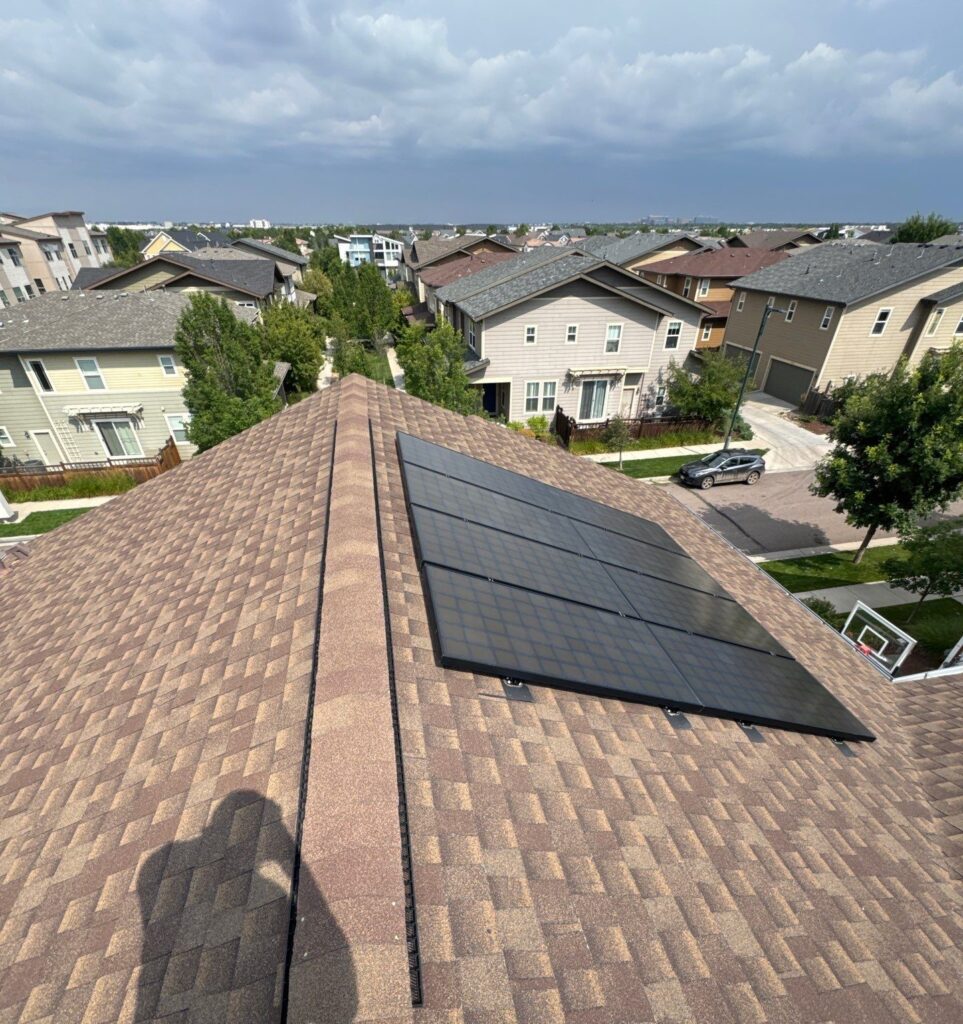
Solar power is one of the fastest-growing energy solutions for homeowners who want to reduce electricity bills and increase energy independence. While solar panels can be mounted on most roof types, certain materials and designs offer better compatibility, efficiency, and cost-effectiveness. Understanding how solar works with different roofing styles ensures a smoother installation and a longer-lasting system.
Asphalt Shingle Roofs: The Easiest Solar Fit
Asphalt shingles are the most common roofing material in the U.S. and one of the easiest surfaces for solar panel installation. Mounting hardware can be attached with minimal disruption, and the cost of labor is generally lower compared to other roofing types. A well-maintained asphalt shingle roof with proper sun exposure is one of the most reliable choices for solar.
Metal Roofs: Durable and Highly Efficient
Metal roofing, especially standing seam designs, is extremely solar-friendly. Installers can clamp panels directly to the seams without drilling holes, preserving the roof’s waterproofing and structural integrity. Corrugated metal roofs may require specialized brackets, but both options provide excellent durability and support for solar systems that can last decades.
Tile Roofs: Stylish but More Complex
Clay and concrete tile roofs can also accommodate solar panels, but installation is more involved. Tiles are fragile and may need to be cut or removed for mounting equipment. This increases labor time and cost, but with proper installation, these roofs provide long-lasting support and add value to homes looking for both sustainability and style.
Flat Roofs: Maximum Flexibility in Design
Flat roofs provide unique advantages because installers can adjust the angle of solar panels for optimal sun exposure. Tilt-up or ballasted mounting systems allow panels to capture sunlight effectively while avoiding unnecessary roof penetrations. However, because ballasted systems add weight, a structural review is essential before installation.
Steep Slopes and Complex Roof Designs
Homes with multiple gables, dormers, or steep roof pitches can still support solar panels. The orientation and angle may limit where panels can be placed, but professional installers can design layouts that maximize efficiency. Even unconventional roof structures can be adapted for solar with careful planning.
Structural and Roof Condition Considerations
The condition of the roof plays a major role in determining solar readiness. Older roofs or those in need of repair may require reinforcement or replacement before installation. Ensuring the roof is structurally sound prevents costly problems and guarantees long-term solar performance.
Solar Installation Expertise in Denver, Colorado
For homeowners considering solar energy in Denver, Colorado, it is important to work with a roofing and solar expert who understands local climate demands. Tried and True Roofing provides professional roof evaluations and solar-compatible solutions, helping residents maximize energy savings while protecting their homes.
Conclusion
Solar panels can be installed on nearly any type of roof, including asphalt shingles, metal, clay tiles, and flat surfaces. The most important factors are roof condition, pitch, and material. With proper planning and expert installation, solar power is an accessible and valuable investment for almost every homeowner.